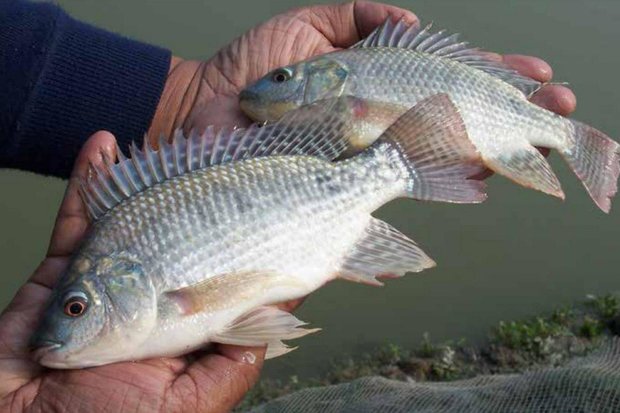According to a press release published by the FAO Representation in the Islamic Republic of Iran, The outbreak should be treated with concern and countries importing tilapias should take appropriate risk-management measures - intensifying diagnostics testing, enforcing health certificates, deploying quarantine measures and developing contingency plans - according to a Special Alert released today by FAO's Global Information and Early Warnings System.
Tilapia Lake Virus (TiLV) has now been confirmed in Colombia, Ecuador, Egypt, Israel and Thailand.
While the pathogen poses no public health concern, it can decimate infected populations. In 2015, world tilapia production, from both aquaculture and capture, amounted to 6.4 million tonnes, with an estimated value of USD 9.8 billion, and worldwide trade was valued at USD1.8 billion.
It is not currently known whether the disease can be transmitted via frozen tilapia products, but "it is likely that TiLV may have a wider distribution than is known today and its threat to tilapia farming at the global level is significant," GIEWS said in its alert.
The disease shows highly variable mortality, with outbreaks in Thailand triggering the deaths of up to 90 percent of stocks. Infected fish often show loss of appetite, slow movements, dermal lesions and ulcers, ocular abnormalities, and opacity of lens. As a reliable diagnostic test for TiLV is available, it should be applied to rule out TiLV as the causal agent of unexplained mortalities.
Tilapias are the second most important aquaculture species in volume terms providing food, jobs and domestic and export earnings for millions of people, including many smallholders.
Their affordable price, omnivorous diet, tolerance to high-density farming methods and usually strong resistance to disease makes them an important protein source, especially in developing countries and for poorer consumers. China, Indonesia and Egypt are the three leading aquaculture producers of tilapia.
LR/PR






















Your Comment